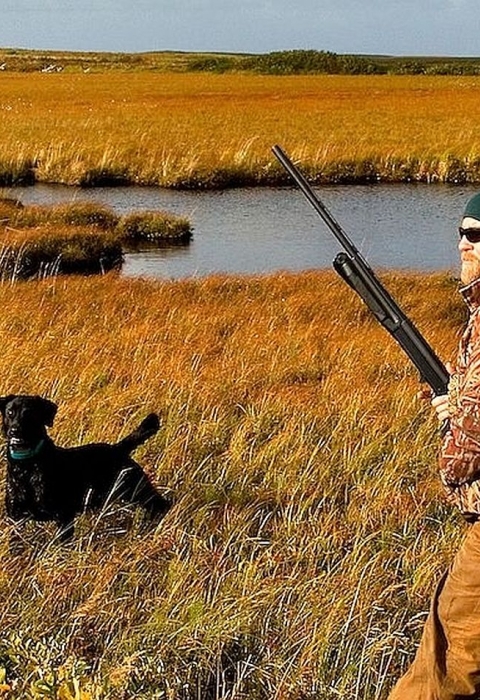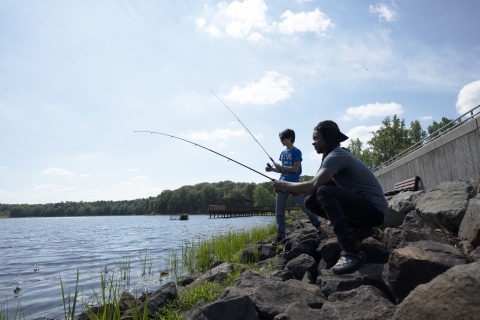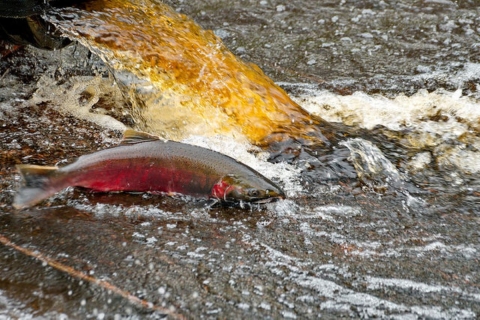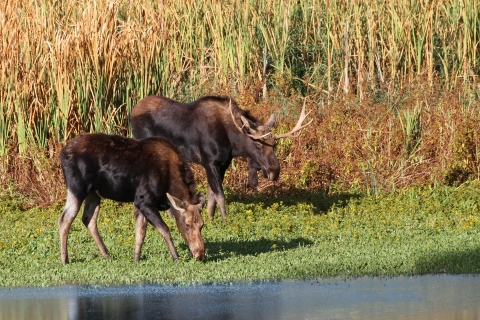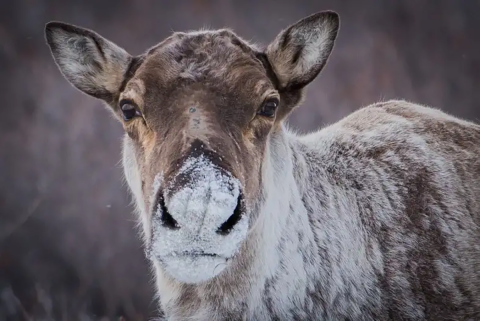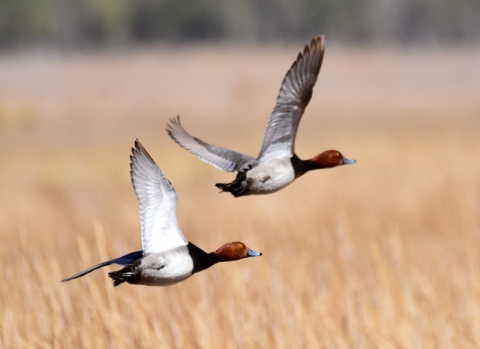Hunting and fishing connect people to wild animals and wild places. Some hunt and fish to feed their families. Others consider these activities integral to their identity and culture. Climate change impacts hunting and fishing in many ways. Changing weather patterns cause species to shift the timing and location of migrations and where they choose to live. Droughts, wildfire and harsher storms alter habitat and affect the availability of food, water and shelter animals need to survive. Warmer temperatures amplify the threats from disease and spread invasive species invasive species
An invasive species is any plant or animal that has spread or been introduced into a new area where they are, or could, cause harm to the environment, economy, or human, animal, or plant health. Their unwelcome presence can destroy ecosystems and cost millions of dollars.
Learn more about invasive species . Hunters and anglers may need to change what, where, when, and how they hunt and fish. Read more about the impacts of climate change climate change
Climate change includes both global warming driven by human-induced emissions of greenhouse gases and the resulting large-scale shifts in weather patterns. Though there have been previous periods of climatic change, since the mid-20th century humans have had an unprecedented impact on Earth's climate system and caused change on a global scale.
Learn more about climate change on some of the more frequently hunted and fished animals and the hunters and anglers who harvest them below.
Salmon, Trout and Pacific Lamprey
Decreased snowpack and worsening drought reduce stream flows, raise water temperatures and lower the dissolved oxygen. These conditions stress fish like salmon, trout, and lamprey that need cold water to survive, reducing their capacity to feed, mature and reproduce. In some instances, these conditions can be lethal. Salmon and trout species in some areas struggle to compete with nonnative and invasive species and contend with bacteria and parasites that are more adapted to warmer water. As droughts and wildfires increase in frequency and severity along with human impacts, streams warm up and dry out as shade-producing forests are destroyed.
Read more about the impacts of climate change on trout and the anglers that fish them.
Read more about the impacts of climate change on salmon and the anglers who fish them.
Read more about the impacts of climate change on Pacific Lamprey
Moose
The large body mass and dark brown coat of moose are helpful for retaining heat during cold northern winters, and their long legs make it easy to navigate deep snow. These characteristics make moose well adapted to survive in colder environments, but a warming climate threatens the species and increases their risks from parasitic ticks. In the Northeast, warmer winters increase the threat of tick infestations which cause lower reproduction rates, anemia, and even death.
Read more about the impacts of climate change on winter ticks and moose.
Caribou
Caribou (Rangifer tarandus) have roamed the circumpolar north for hundreds of thousands of years. Well-adapted to the tundra’s cold, harsh environment, they complete one of the animal kingdom’s longest terrestrial annual migrations, with many traveling hundreds of miles each year. Alaska Native peoples and other subsistence users depend upon this cyclical movement for annual harvests, relying on caribou for food, clothing, cultural practice, and emotional and spiritual health. There are 32 distinct herds in Alaska. But as a warming climate changes their habitat – causing seasons to shift, ice to melt at different times of the year, and unpredictable precipitation – the population of many of Alaska’s caribou herds has declined, affecting not only the species, but humans who have lived with and from them since immemorial.
Read more about the impacts of climate change on caribou and Alaska Native people who depend on them in Alaska
Waterfowl
As winters warm, food and shelter for migratory waterfowl are available longer up north. As a result, many species change migration patterns and don’t travel as far south, or for as long, during the cold weather months. Wetlands, important habitat for waterfowl, degrade due to climate impacts such as drought, rising temperatures, invasive species, and sea level rise.
